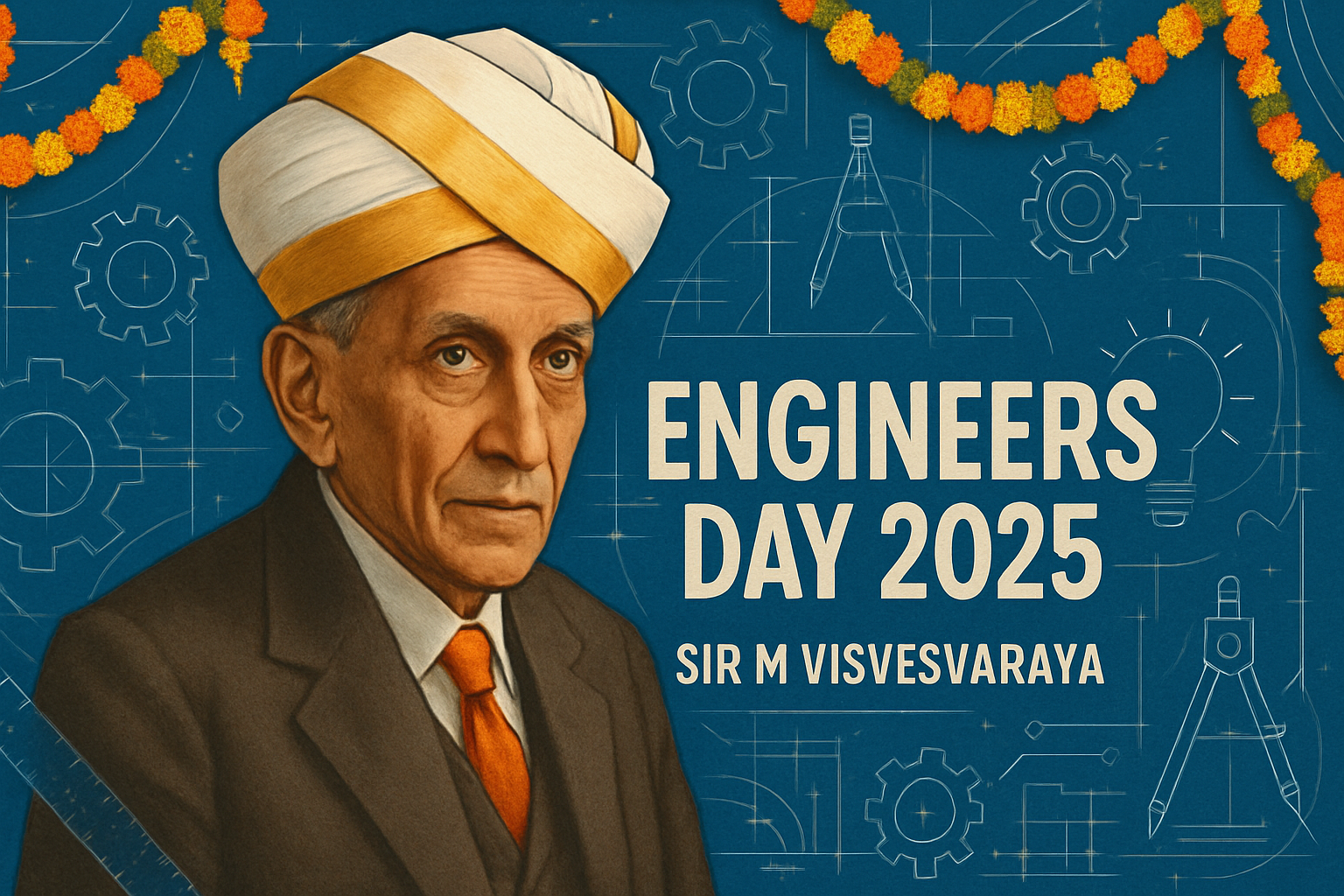India is making big moves in space! The Bharatiya Antariksh Station (BAS) is India’s own space station that will orbit Earth starting in 2035. Let’s learn everything about this exciting project in simple words.
What is Bharatiya Antariksh Station?
The Bharatiya Antariksh Station is India’s planned space station for scientific research. It will float 400-450 kilometers above Earth’s surface, giving Indian astronauts a home in space to conduct important experiments.
Think of it as India’s own “house in space” where scientists can live and work while orbiting our planet!
Key Facts About BAS
Timeline
- 2025: Development tests begin
- 2028: First module launches
- 2035: Complete space station ready
Structure
- 5 modules in total
- 20 tons total weight
- 52 cubic meters of space for astronauts
- Can house 3-4 astronauts at a time
Location
The space station will orbit between 400-450 km above Earth – that’s roughly the same height as the International Space Station (ISS).
Why is India Building Its Own Space Station?
India wants to join the elite group of countries with their own space stations. Currently, only a few nations have this capability:
- Scientific Research: Conduct experiments in zero gravity
- Space Independence: Reduce dependence on other countries’ space stations
- Economic Benefits: Create jobs and boost space technology
- National Pride: Show India’s growing space power
How Will BAS Work?
The Bharatiya Antariksh Station will work like a floating laboratory. Indian astronauts (called Vyomanauts) will:
- Live in the station for months
- Conduct science experiments
- Study Earth from space
- Test new technologies
- Monitor weather and climate
Connection to Gaganyaan Mission
The BAS project connects directly to India’s Gaganyaan mission – India’s first human spaceflight program. The experience from Gaganyaan will help ISRO (Indian Space Research Organisation) build and operate the space station safely.
Benefits for India
Scientific Advantages
- Medicine: Test new drugs in zero gravity
- Materials: Create better alloys and crystals
- Agriculture: Study plant growth in space
- Earth Science: Monitor climate change and natural disasters
Economic Impact
- Create thousands of high-tech jobs
- Attract international space partnerships
- Boost India’s space industry
- Inspire young people to study science
Challenges Ahead
Building a space station isn’t easy. India faces several challenges:
- Technical Complexity: Need advanced life support systems
- High Costs: Estimated budget of ₹20,000+ crores
- Safety Concerns: Keeping astronauts safe in harsh space environment
- Timeline Pressure: Meeting the 2035 deadline
Comparison with Other Space Stations
| Feature | Bharatiya Antariksh Station | International Space Station |
|---|---|---|
| Crew Size | 3-4 astronauts | 6-7 astronauts |
| Weight | 20 tons | 420 tons |
| Modules | 5 | 16+ |
| Countries | India only | Multiple nations |
Latest Updates (2024-2025)
Recent developments in the BAS project:
- August 2024: ISRO unveiled the BAS model during National Space Day celebrations
- Development Phase: Testing of critical systems has begun
- Industry Partnerships: ISRO is working with private companies
- International Interest: Other countries showing interest in collaboration
What This Means for Common People
The Bharatiya Antariksh Station will benefit ordinary Indians in many ways:
Better Weather Prediction
More accurate weather forecasts will help farmers and reduce damage from natural disasters.
Medical Breakthroughs
Research in zero gravity could lead to new treatments for diseases like cancer and heart problems.
Educational Opportunities
Young Indians will get inspired to study science and engineering, creating a skilled workforce.
Technological Advancement
New technologies developed for the space station will improve life on Earth.
The Road to 2035
India’s journey to having its own space station involves several steps:
Phase 1 (2025-2028): Development and testing
- Design finalization
- Ground testing of systems
- Training of astronauts
Phase 2 (2028-2030): Basic station setup
- Launch first module
- Test basic operations
- Short-duration missions
Phase 3 (2030-2035): Full operation
- Complete all 5 modules
- Long-duration missions
- Regular scientific research
Global Recognition
The Bharatiya Antariksh Station will make India the 4th country in the world to have its own space station, after:
- Soviet Union/Russia (Mir, now ISS partner)
- United States (Skylab, now ISS partner)
- China (Tiangong)
Environmental and Space Sustainability
India is planning the BAS with environmental responsibility in mind:
- Efficient fuel usage
- Minimal space debris creation
- Sustainable technology choices
- Proper waste management systems
Conclusion
The Bharatiya Antariksh Station represents India’s bold step into the future of space exploration. By 2035, India will join an exclusive club of space-faring nations with their own orbital laboratories.
This project will not only boost India’s scientific capabilities but also inspire millions of young Indians to dream big and reach for the stars. The BAS is more than just a space station – it’s a symbol of India’s growing technological power and ambitious vision for the future.
As we countdown to 2028 when the first module launches, the Bharatiya Antariksh Station continues to capture imaginations and represent India’s commitment to becoming a global space superpower.
Stay updated with the latest news about India’s space missions and the Bharatiya Antariksh Station project as this exciting journey unfolds over the next decade.
Frequently Asked Questions
Q: When will the Bharatiya Antariksh Station be ready? A: The complete space station will be operational by 2035, with the first module launching in 2028.
Q: How many astronauts can live in BAS? A: The station is designed to accommodate 3-4 astronauts at a time.
Q: How much will it cost? A: The project is estimated to cost over ₹20,000 crores.
Q: Will other countries participate? A: Currently, it’s an independent Indian project, but international collaboration is possible in the future.
Also See: North Eastern Regional Meet for Viksit Bharat 2047: ISRO’s Role in India’s Future
Also See: NISAR Satellite: Revolutionizing Earth Observation with NASA and ISRO





